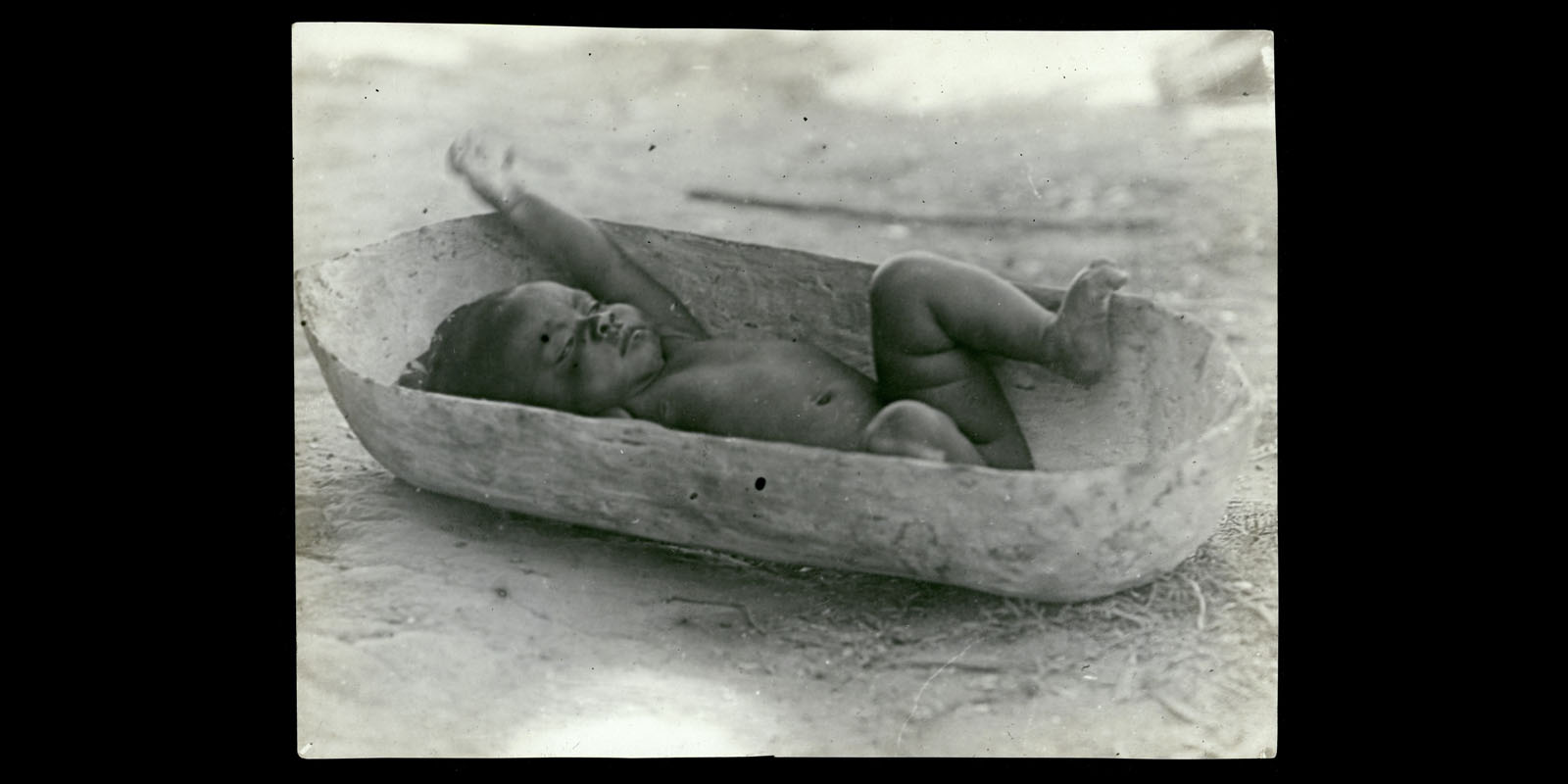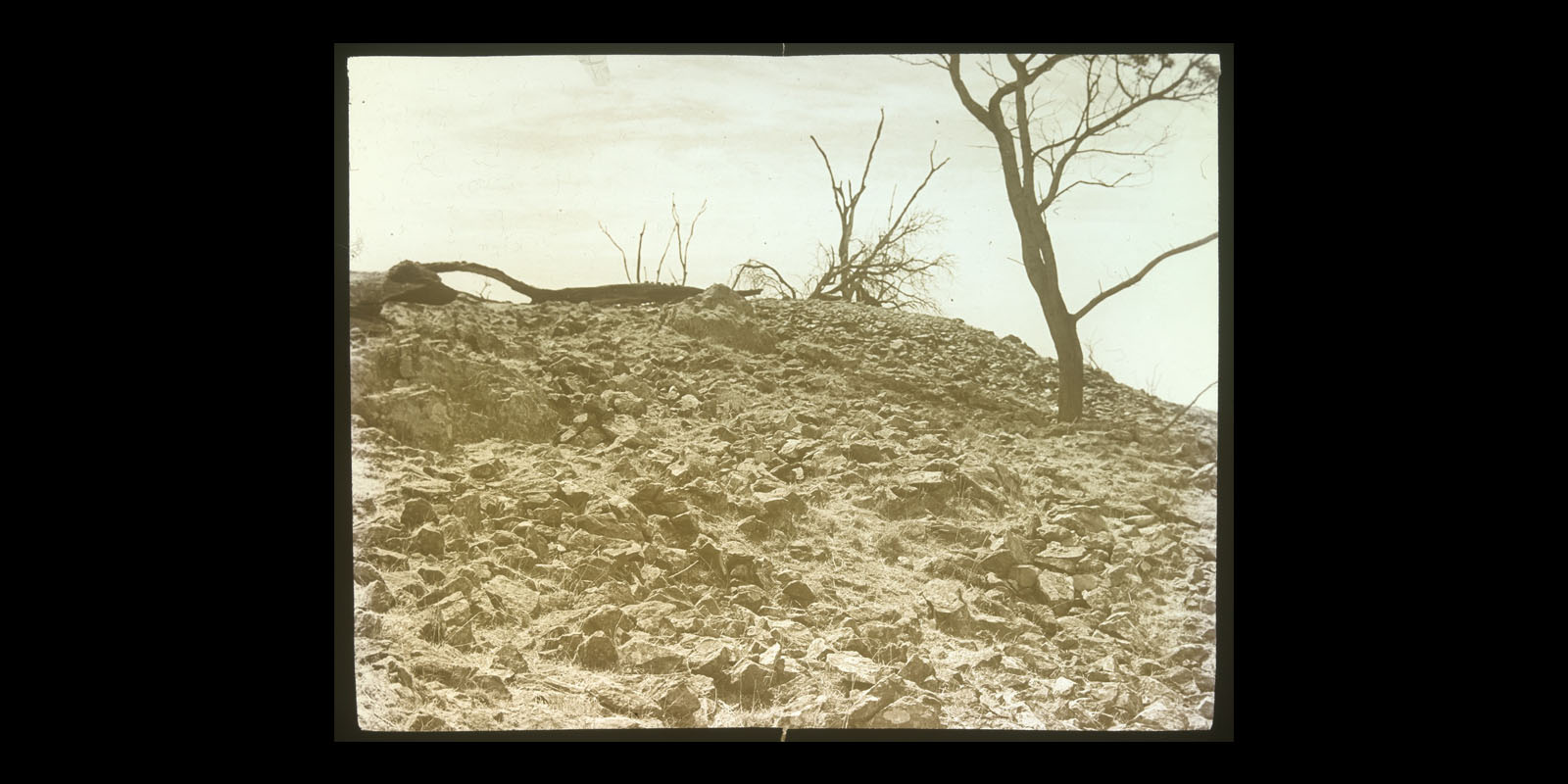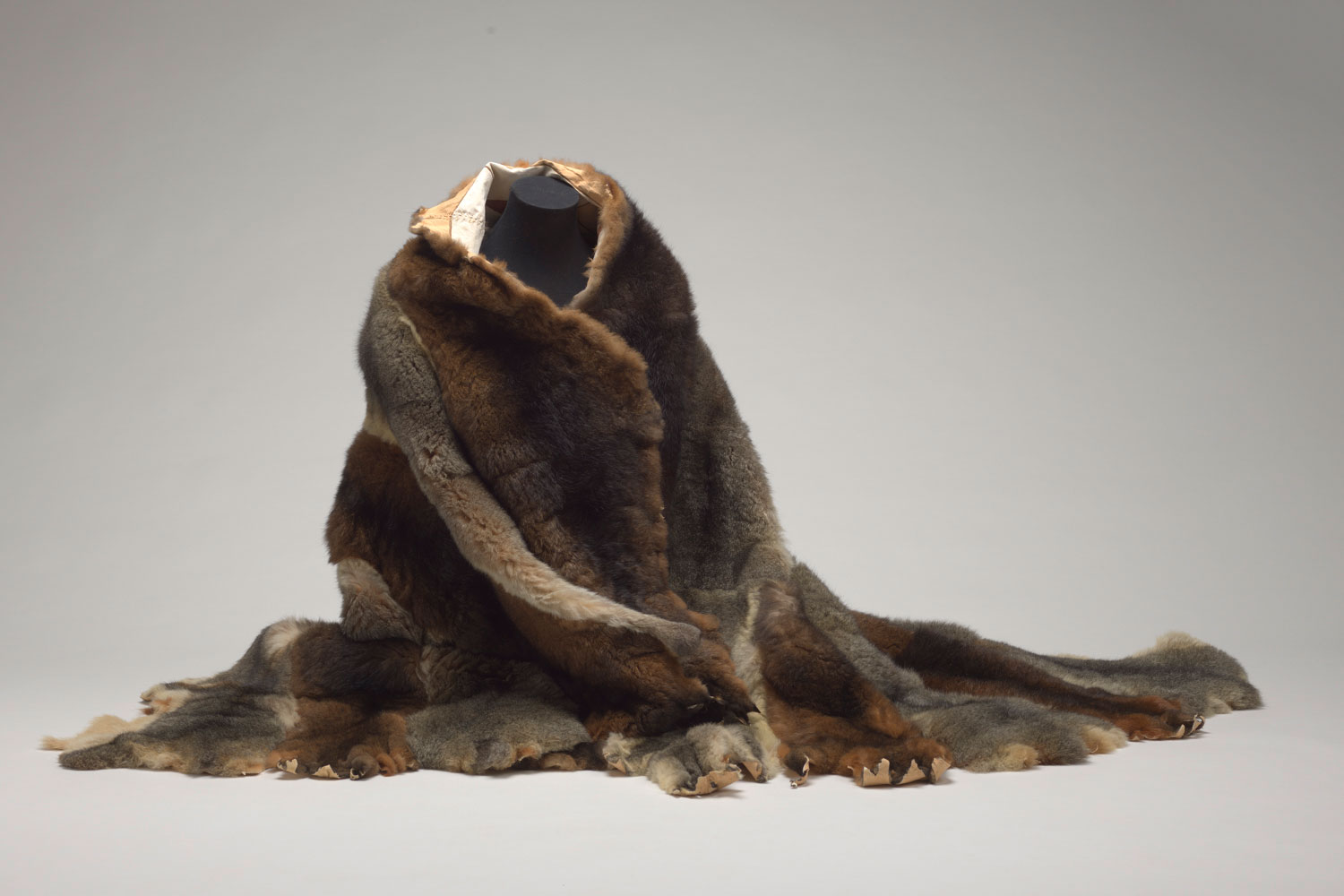Before colonisation, our people invented many tools, pieces of equipment and technology to use in everyday life.
All of this technology was made using natural resources in highly creative ways. Some examples of pre-colonial inventions are:
- Boomerangs (which involve a mastery of aerodynamics)
- Spears
- Axes and stone tools
- Threads to sew clothing
- Shields
A-Z of Tools
Mob used many different tools in their daily life. Some were gained through trade while others were made using the natural resources native to their traditional country. Many mobs would have used the same tools but called them different names and others may have used tools that other mobs did not.
There are many centres who hold responsibility for taking care of cultural artefacts, artworks and activities. These places often have these itmes on display to help educate visitors. You can check out our ‘Cultural Centres’ article for information on where these places are located!
Below is a list of the most common tools seen and used by mobs in Victoria both in modern times and prior to invasion.
Axe
Stone axes were made from a piece of stone that was shaped accordingly and tied to a wooden handle using sinew and gum. Green stone which was found at Wil-im-ee Moor-ring (Mount William Quarry) on Wurundjeri country produced many of the axe heads used in Victoria.
Baskets
Baskets were weaved from native grasses and used to carry food and other items as well as in cooking. They were essential for carrying items between camps and were usually balanced on the heads of our women.
Boomerang
Boomerangs were tools shaped from the roots or limbs of trees that naturally had a bend. It took many hours to carve a boomerang and if it was to be one that retuned it would be heated over a fire so that it could be made to twist the necessary way. Boomerangs were used in hunting to strike prey down from a distance or for birds that were flying.
Clap sticks
Clap sticks were a musical instrument used in ceremony. They were two sticks that when hit together in certain ways could make a variety sounds. They were sometimes two boomerangs or digging sticks.
Clubs
Clubs (also known as boondi’s by some mobs) were deadly weapons made from wood. They were different shapes they could be made in to however most had a handle that was easy to grip which widened into a bulb at one end. These were used for hunting and fighting.
Canoe
Canoes were used for travel as well as hunting and fishing. Canoes were typically made from bark and used in rivers and lakes. The bark was carefully cut and rolled into shape after being softened with fire. Once that canoe was completed resin and animal furs were used to ensure there was no leaking. Cutting the bark from the tree did not kill it, it left a scar in the shape of the canoe but the tree was able to survive and continue growing.


Baby resting in a Coolamon. Image source: State Library Victoria.
Coolamon
A coolamon is a dish that was used to carry food or water. The bark used was cut from the elbow of a root or branch with a stone axe and the inside was smoothed out using sharp stones or shells
Didgeridoo/Yidaki
The didgeridoo (also commonly known as a Yidaki) was typically played by men in ceremony and was unique to Aboriginal mobs. It originated from mobs in northern Australia but made its way south through trade. Today it is played by many different mobs.
Digging stick
Diggings sticks were used by women to dig up roots, grubs and burrowing animals. They were about a metre long and pointed on each end. They took a long time to make and were made of very hard wood that was shaped and smoothed and preserved with emu oil.
Grinding stone
Grinding stones acted much like a mortar and pestle. There was a smaller stone that ground along a larger stone, after a while it would create a little bowl in the larger stone. It was used from grinding seeds into flower or breaking up ochre.
Gum/resin
Gum and resin were used to help stick items together to make weapons and tools like stone axes. They were sourced from native plants and trees and heated to form a sticky substance. This was then cooled on the tool it was binding and as it cooled it would harden.
Nets
Nets were used to trap fish, ducks and some larger animals. They were made from rope and were dragged along shallow water for fish or hung across a creek between two trees to catch ducks.
Ochre
Ochre was used as paint for both our bodies for ceremony and for tools and weapons. There were many different colours of ochre depending on where you lived. For example, Wurundjeri people used red and brown ochre along with white pipe-clay and black charcoal. They were also traded so other mobs could have access to a wider range of colours.
Rope/Thread/String
Rope was used in many tools to create nets and traps. It was usually made from the bark of a Stringybark Tree which would be weaved together to make a strong rope. Thread and string were made from natives grasses and fibres and also used to tie things together.
Shields
Shields were made from wood or bark and were very important in a fight. Mob were very skilled in using their shield to intercept spears.
Spear
There were many kinds of spears and they were all made from native trees. They were made to be straight using fire and stone tools. Most spears could range from 1-4 metres long depending on what they were used for and the mob who made them. Some spears were used for hunting, some were for fishing and others may have been used as weapons in a fight.
Tarnuk
A tarnuk (Wurundjeri name) was a drinking vessel made from the rounded burl of a tree. The burl was cut and then hollowed out. Two holes may be drilled on either side to allow for a handle.
Toys
There were many different toys our kids would play with. Many toys were miniature versions of tools and weapons the adults would used like digging sticks or shields. The kids also played with dolls and balls made of wrapped possum furs that could be thrown and kicked around.
Woomera
The woomera is a tool used to help throw a spear a longer distance. It was made of wood and was roughly the length of the throwers arm. One end was a handle and the other had a sharpened piece of wood which was tied to the main part of the tool with kangaroo or emu sinew. It could also be used as a shield and weapon on its own.


Wil-im-ee Moor-ring (Mount William Quarry). Image source: State Library Victoria.
Wil-im-ee Moor-ring (Mount William Quarry)
A central site for Aboriginal technology and innovation is the Wil-im-ee Moor-ring Quarry (Mount William Quarry) on Wurundjeri Country. This quarry was mined for greenstone, which could then be made into axe heads, hatchets and other tools. There were an estimated 268 mining pits, some several metres deep. The greenstone was then ground with sandstone to be sharpened into tools.
The tools made from the greenstone were highly important as they were used for construction, catching animals and more. The stone was traded with other Mobs, with many people travelling long distances to purchase the prized stones. Greenstone from Wil-im-ee Moor-ring had been found hundreds of kilometres away, including in South Australia and Queensland.
The land of Wil-im-ee Moor-ring was returned to Wurundjeri people in 2012 and it is now managed by the Wurundjeri Tribe Council.
Clothing
You might have your favourite t-shirt now, but how do you reckon our Mob made clothes before we had access to sewing machines and screen printing? Well, we had many innovative techniques to make clothes. Different mobs had different types of clothing, depending on the climate and materials available.
Below is a list of the most common clothing items seen and used by mobs in Victoria both in modern times and prior to invasion.
Cloaks
Mobs would use the skins and furs of animals to make cloaks that they could wear during the colder months such as kangaroo skin cloaks and possum skin cloaks. These cloaks were large to provide warmth and often covered mob from their necks to their feet. The skins were collected and prepared so that they could be worn – it could take an average of 40 possum skins which were sewn together with sinew.
Skirts, Belts, Coverings
Belts and other simple coverings were made from skins as well as woven plant fibres. Skirts could be made from human and animal hair, feathers (usually emu feathers) and other plant fibres.
Jewellery
Items like bracelets and hair pieces were worn especially during ceremony. They were usually made from feathers, echidna spines or kangaroo teeth along with seeds. Some men also used a thin bone that was placed through the septum of their nose.


Image Source: AIATSIS, A Possum Skin Cloak.
Sources
A-Z of Tools
- Australian Geographic, Aboriginal inventions: 10 enduring innovations
- Visit Lockhart Shire, Traditional Wiradjuri Culture
- Nillumbik Reconciliation Group, Wurundjeri Culture Resource Kit
Clothing
- Koorihistory.com, Traditional Aboriginal Clothing
- Nillumbik Reconciliation Group, Wurundjeri Culture Resource Kit
Important Sites and Keeping Places
- Australian Government Department of Environment and Energy, National Heritage Places - Mount William Stone Hatchet Quarry
- Yarra City Council, Mount William Stone Hatchet Quarry
- Yarra City Council, Wil-im-ee Moor-ring (Mount William quarry)
